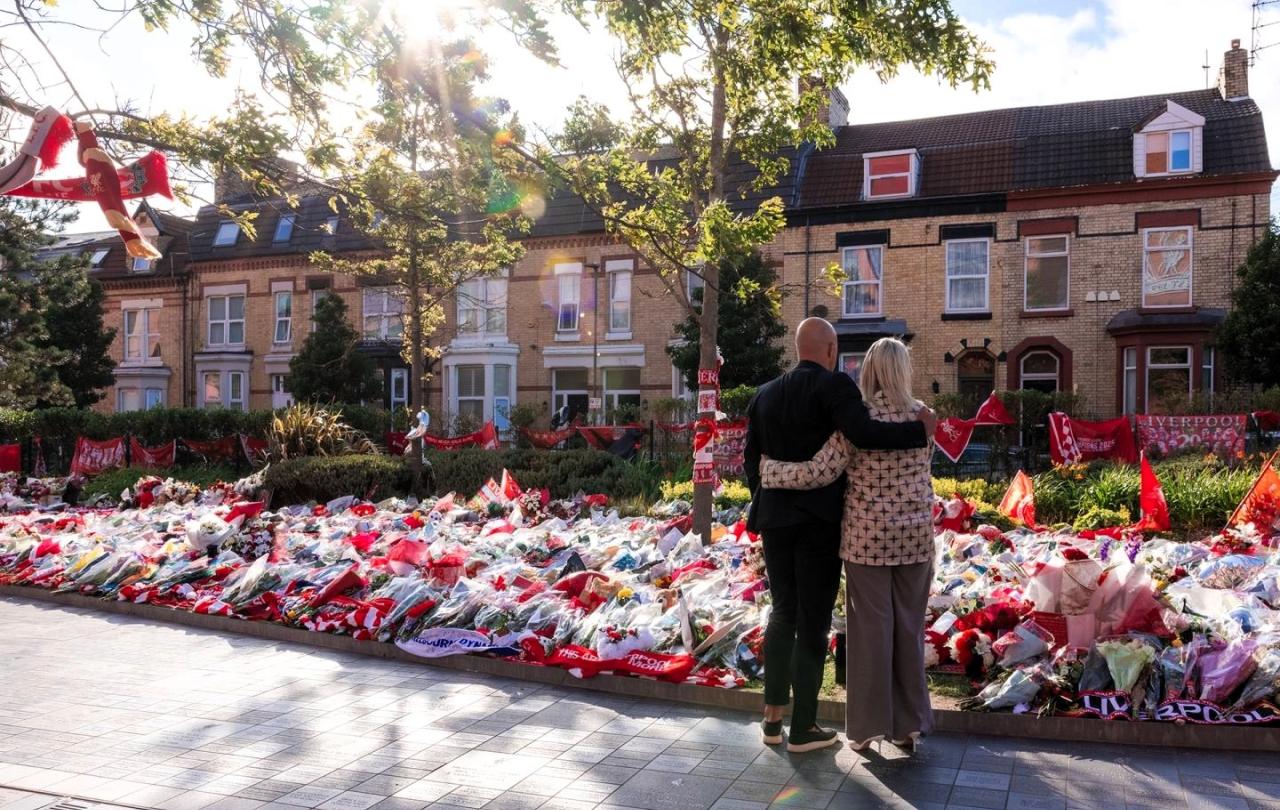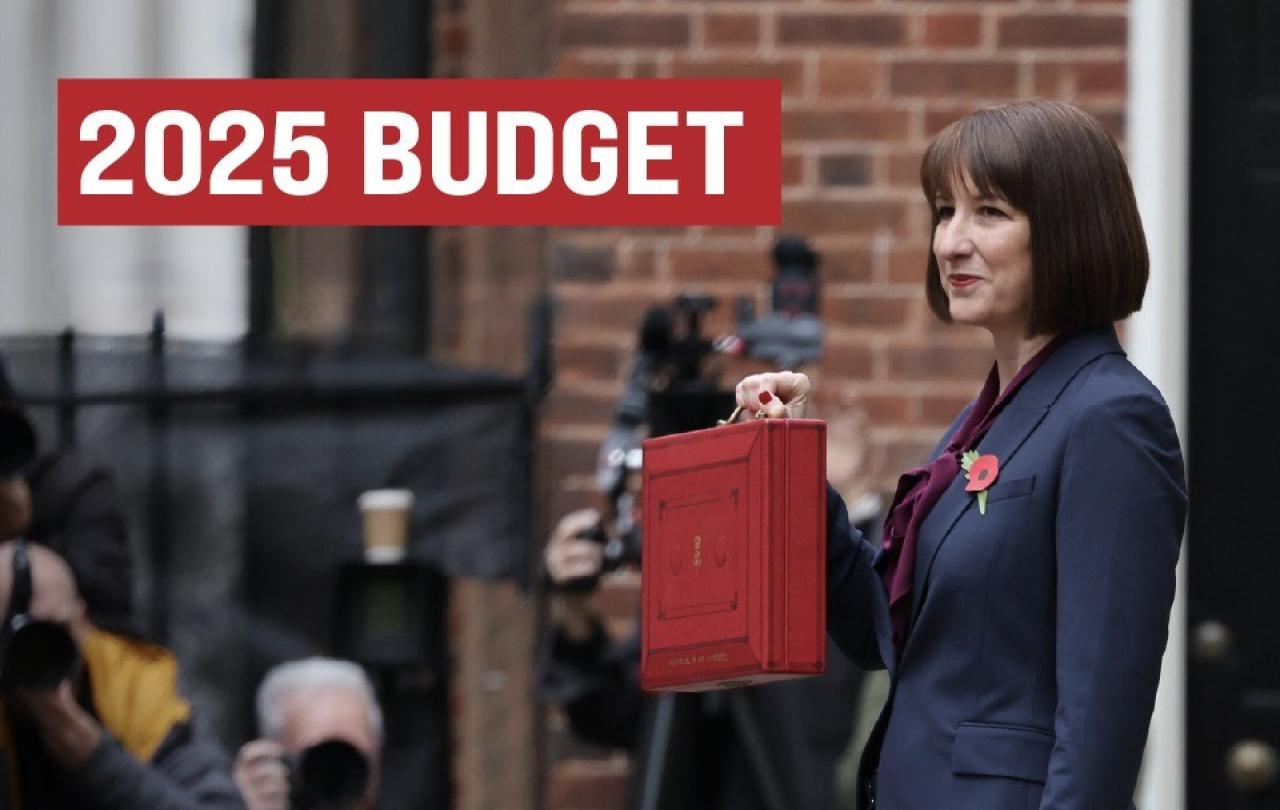
Content warning: rape and sexual abuse allegations are discussed in this article.
It’s Thursday 3rd July 2025 and a friend has just sent a message. “Have you heard the news about Diogo Jota?”
I love Diogo Jota. Love him. So I assume the worst. The club have sold him. He’s got another of the horrific injuries that have plagued his career. But the news is worse than the worst.
“He and his brother died in a car accident in Spain,” the message continues. What? Surely not. But shortly afterwards the BBC News notification comes in. Diogo Jota and his brother André Silva have died in a car accident in Spain.
It is unimaginably tragic news. The incident occurred just two weeks after Jota married his childhood sweetheart. He leaves behind three young children. His brother, André Silva, also recently married his partner in June. It is heartbreaking beyond words and seeing the tributes pour in from colleagues – no: friends – of the players only cements how upsetting a loss this is.
It’s now Friday 4th July 2025. The day after Jota’s death. Another BBC News notification comes in. Now-ex-Arsenal player Thomas Partey is charged five counts of rape and one count of sexual assault.
Jota’s death was an utter shock. The news about Partey is anything but. It was the worst-kept secret in football. Everyone knew that he was under investigation for rape. In 2023, the BBC reported that two Premier League footballers continued to be selected by clubs, even “while knowing they [were] under police investigation for sexual or domestic violence.” In January 2025, the BBC subsequently reported that the Crown Prosecution Service had been given “a full evidence file about a Premier League footballer accused of rape.”
As The Athletic reports, Partey was first arrested in 2022. Between then and being charged in July 2025, he was arrested, questioned by police and then bailed again, seven times. Seven times. All while continuing to play for Arsenal.
Again: everyone knew that Partey was one of the players in question. Everyone knew. But no-one could say anything.
And the juxtaposition between the news about Jota and Partey has led me to reflect on the ways in which both stories have (or have not) been reported. I’m almost loathed to mention Jota and Partey in the same breath to be honest. But then that’s the tension underlying all this, isn’t it? Who is given privacy, and who isn’t?
One man is arrested in 2022 on suspicion of rape and sexual assault. He is afforded over three years of privacy and is permitted to continue in his high-profile, six-figure-a-week-paying job. Another is killed in a tragic accident, and, in the immediate aftermath, his family’s privacy is invaded at every turn.
Despite Jota’s family clearly and publicly asking for privacy, the media coverage of the tragedy was deeply invasive. The Daily Mail posted pictures of his recently wed wife outside of the morgue having just identified the bodies of her husband and brother-in-law. The BBC – in one of the most tone-deaf acts of journalism I can recall – covered Jota’s funeral. They wrote: “The family has asked for the funeral to be private, but you can follow live pictures from outside the church by clicking watch live at the top of this page.”
I promise that’s not a joke. Irony really is dead. But the real irony of all this is that this is a deep perversion of how things should be.
I may grieve with support from other people, but this is fundamentally a deeply personal and private act, not one to be undertaken under the public gaze. Justice, on the other hand, is enacted with the help of a jury of peers and is an act of public peacekeeping and safeguarding.
It is appropriate for one act to be undertaken privately while the other is conducted publicly. More than this, they are essential to those acts. Privacy enables grief, while publicity hinders it. I can only grieve effectively if given the time and space to do so. By contract publicity enables justice, while privacy hinders it. If justice is enacted in secret, public trust is eroded and the justice system is undermined.
Grief is private; justice is public. And yet Jota’s friends and family have been forced to grieve with the eyes of the world on them while Partey has been afforded years of luxurious privacy under the auspices of ‘justice.’
Real violence and harm are done to people when the appropriately private becomes inappropriately public, and vice versa. The news of Jota’s death and Partey’s charging with rape exposes the deeply flawed approach to privacy we have.
There is no goodness in either of these stories. There are no redeeming angles or silver linings here. They are both deeply upsetting and distressing. But if the stark contrast between the ways they have been reported causes us to reflect on how they ought (or ought not) to be reported publicly, then that will be something, at least.
Support Seen & Unseen
Since Spring 2023, our readers have enjoyed over 1,500 articles. All for free.
This is made possible through the generosity of our amazing community of supporters.
If you enjoy Seen & Unseen, would you consider making a gift towards our work?
Do so by joining Behind The Seen. Alongside other benefits, you’ll receive an extra fortnightly email from me sharing my reading and reflections on the ideas that are shaping our times.
Graham Tomlin
Editor-in-Chief





